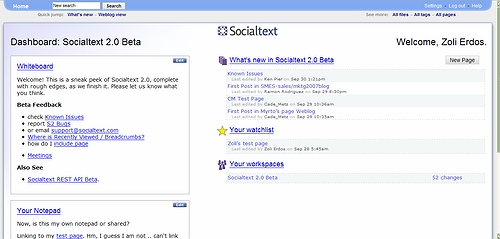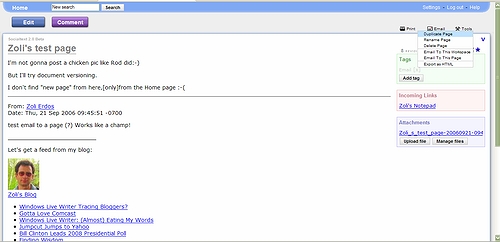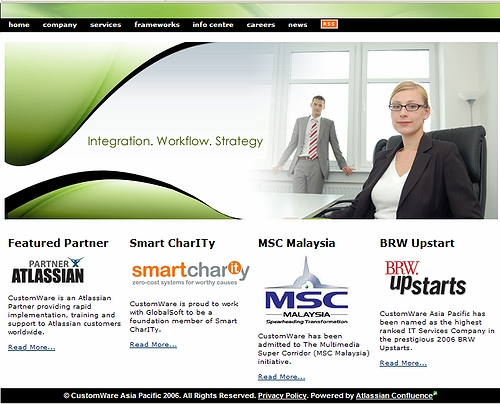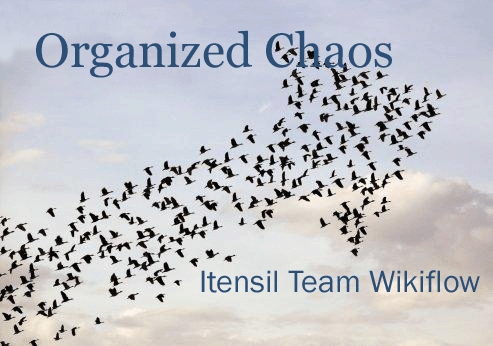OK, unlike the real Awards, these are not “official” and in the lighter category. The “Awards” go to… (drumroll):
- Kevin Warnock, CEO of gOffice for the most honest statement of all: “I warmly recommend everybody to use our competitors’ products, they are fare better than mine“. Kevin concluded his presentation by saying he wasn’t quite sure what to do with his company, and invited any advice …
Oh, and how could I forget: for offering the gOffice domain to Google for free. - Sridhar Vembu, CEO of Zoho/Advantnet, for coining the most origical term when the presenters experienced lousy connections: “office.slow“
- Ivaylo Lenkov, CEO of SiteKreator, for giving all participants a free Business Account (now, I wonder if it is the 450 who actually were there, or the 4,600 who voted? If the latter, I understand why the site is down for now …)
- Mike Cannon-Brookes, CEO of Atlassian, for hosting the Enterprise Irregulars + a few analysts + his competitors to a private dinner and not using the opportunity to pitch his business
- Michael McDerment, CEO of FreshBooks, for letting the cat out of the bag.
- [your nomination here] – really. please recommend more “candidates” and I’ll post them here.


 The Home Page is of key importance in the new release: a Dashboard gives users a quick glance of a shared whiteboard, personal notepad, customizable watchlist, a listing of what’s new (i.e. recently changed pages) as well as the users active workspaces (i.e. wikis). The Home page has become the central place where you can access all extended features, like a listing of all pages, files, tags, or change settings. You can start adding information using the New Page button, which, just like the Edit and Comment buttons on all subsequent pages clearly stands out, again, passing the “blink test”. I love the new colored
The Home Page is of key importance in the new release: a Dashboard gives users a quick glance of a shared whiteboard, personal notepad, customizable watchlist, a listing of what’s new (i.e. recently changed pages) as well as the users active workspaces (i.e. wikis). The Home page has become the central place where you can access all extended features, like a listing of all pages, files, tags, or change settings. You can start adding information using the New Page button, which, just like the Edit and Comment buttons on all subsequent pages clearly stands out, again, passing the “blink test”. I love the new colored 
 We tend to think in structures, need organizing principles – there is a reason why books have a table of contents. Wikis, as unstructured as they are in “virgin state” are a good tool to create structure – our own one. The assumption of a parent-child relationship mimics our usual workflow, and it does not impose a rigid structure, since through through cross-linking we can still have alternate structures, no matter where we create a page.
We tend to think in structures, need organizing principles – there is a reason why books have a table of contents. Wikis, as unstructured as they are in “virgin state” are a good tool to create structure – our own one. The assumption of a parent-child relationship mimics our usual workflow, and it does not impose a rigid structure, since through through cross-linking we can still have alternate structures, no matter where we create a page.



 (Updated)
(Updated)
Recent Comments